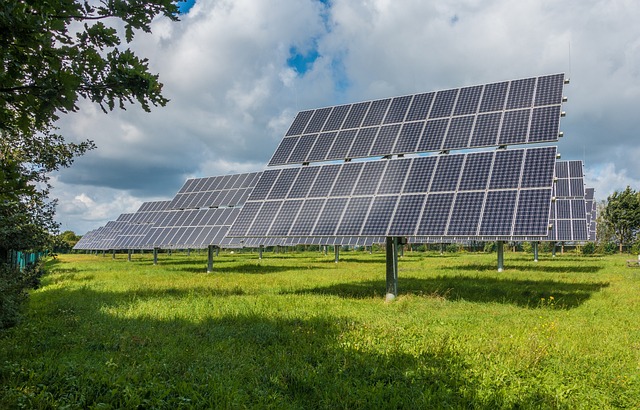Solar power installations in the U.S. have bounced back from the pandemic-induced slowdown, reaching over 19 gigawatts of installed capacity by recent estimates. Analysts foresee a potential quadrupling of this capacity over the next decade, driven by favorable government policies and technological advancements.
Government Incentives and Technological Advancements
The Solar Investment Tax Credit has been pivotal in boosting solar adoption, covering 26% of installation costs for residential and commercial users until 2023. This incentive has spurred consumer demand, especially as it faces reductions in subsequent years. Concurrently, solar panel efficiency has incrementally improved annually, alongside decreasing production costs due to innovations led largely by Chinese manufacturers.
Environmental and Economic Implications
The shift towards solar energy aligns with global efforts to transition from fossil fuels, benefiting both industry growth and environmental sustainability. However, there’s a critical concern emerging: the impending deluge of discarded solar panels, driven by early replacements and lacking sufficient recycling infrastructure.
The Challenge of Solar Panel Waste
Current estimates suggest significant volumes of solar panel waste by the early 2030s, potentially totaling 78 million tonnes by 2050. Despite these projections, recycling capabilities remain inadequate, posing environmental risks and economic challenges. Unlike electronics with higher recycling rates, solar panels primarily consist of low-value materials like glass, complicating recycling efforts and disincentivizing investment in circular solutions.
Consumer Behavior and Economic Drivers
Consumer decisions to upgrade solar panels are influenced by cost-effectiveness, energy generation efficiency, and compensation rates for grid-supplied energy. Early replacements driven by technological advancements and financial incentives suggest a growing need for proactive recycling strategies to manage escalating waste volumes.
Regulatory Response and Future Outlook
As solar panel waste mounts, regulatory frameworks similar to the EU’s WEEE Directive are anticipated in the U.S., mandating producer responsibility and recycling obligations. Industry stakeholders, including solar panel manufacturers, are urged to advocate for proactive legislation to mitigate environmental impact and manage end-of-life panels responsibly.
Broad Implications for Renewable Technologies
Similar waste management challenges confront other renewable energy sectors, such as wind turbines and electric vehicle batteries, underscoring the need for scalable recycling solutions across the green technology spectrum. Unlike other technologies, solar panels present a dual challenge of environmental impact and revenue generation, necessitating collaboration between producers and consumers for sustainable adoption.


